Inside Princess Margaret’s life as the ‘original royal wild child’
THE modern royal family has had its fair share of scandals, but none have come close to “wild child” Princess Margaret.
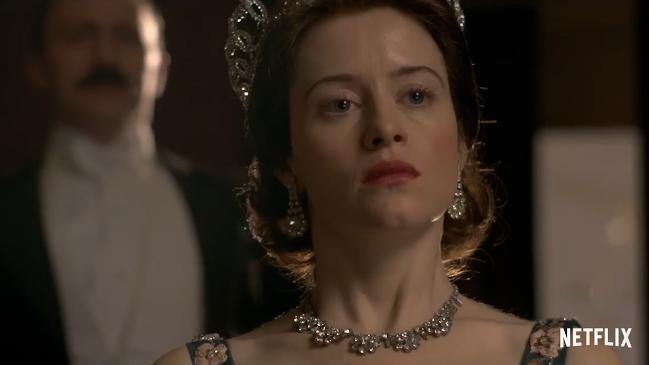
SHE mocked Liz Taylor, partied with Mick Jagger and slept with any man she fancied.
There seemed to be few moments in her 71 years that Princess Margaret wasn’t a magnet for scandal.
And, as fans of Netflix’s historical drama The Crown will tell you, it’s hard to keep your eyes off her. It will probably get even harder when Season 3 airs in January and Helena Bonham Carter plays the whisky-swilling, sneering socialite.
But as British writer Craig Brown points out, The Crown isn’t a documentary.
“A lot of stuff is made up or exaggerated,” said the author of Ninety-Nine Glimpses Of Princess Margaret, a book of biographical vignettes.
But there was no need to embellish the princess’s storylines, Brown said, because the reality was so colourful: “Unlike the Queen, [who] always had to say the right thing at the right time, she always said the wrong thing.”
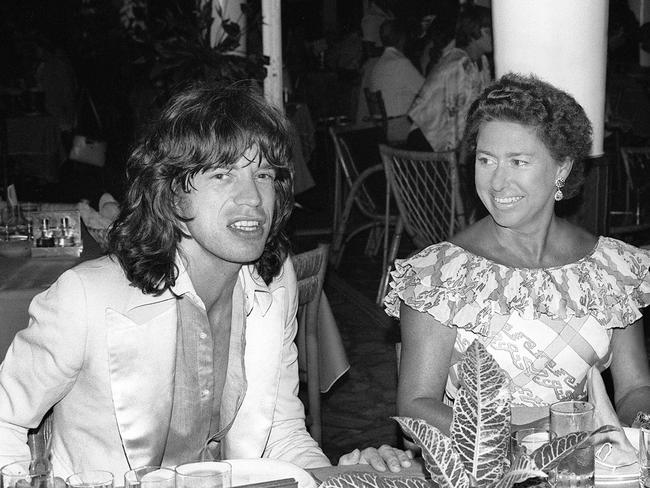
When Margaret entered the world on August 21, 1930, she was fourth in line to the British throne. Ahead of her were her uncle, Edward, Prince of Wales; her father, Albert, Duke of York, and her four-year-old sister, Elizabeth.
That changed dramatically six years later, when Edward abdicated to marry an American divorcee and the girls’ father ascended the throne. What didn’t change was their governess: Marion “Crawfie” Crawford cared for both Margaret and the big sister she called Lilibet, spilling the beans, to the royal family’s irritation, in her 1950 memoir, The Little Princesses.
“Margaret was often naughty,” Brown quotes Crawfie as saying. “She would often defy me with a sidelong look.”
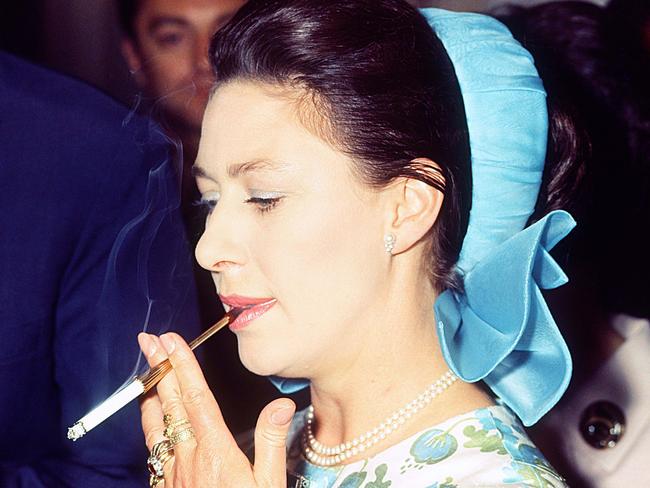
While noting that Lilibet was motherly towards Margaret, the latter’s behaviour often made the future queen “uneasy and filled with foreboding”.
By her tweens, Margaret excelled at mimicry and was witty and sharp. But she could also be “extremely tiresome,” Crawfie wrote, dawdling while dressing and “pleased to know she kept us waiting”. It was a habit she never lost.
“For Lilibet, life was all about doing the right thing,” Brown said. “For Margaret it was, and always would be, much more of a performance.”
The king’s death, at 56, exacerbated the already strained relationship between Margaret and the Queen Mother. Although they lived one floor apart in Clarence House until 1960, when Margaret married, they often communicated by letters delivered by their butlers. As Brown discovered, Margaret burned most of her correspondence in a garbage can outside Kensington Palace about a decade before she died in 2002.
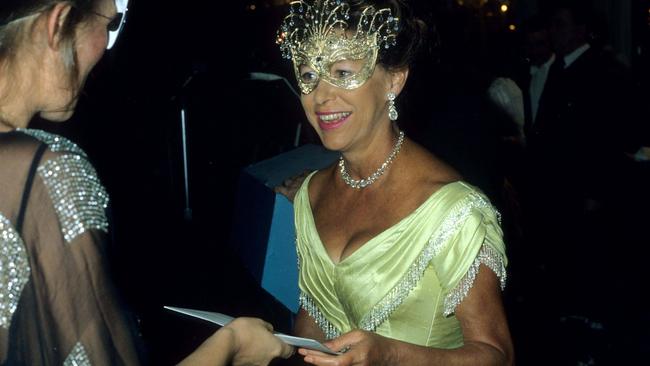
The Queen Mother long disapproved of her daughter’s all-day drinking and late-night socialising. According to Brown, Margaret’s beverage of choice was vodka and orange, which she downed as a “pick-me-up” at 12.30pm daily. She would have half a bottle of wine for lunch and then wait for the afternoon drinks tray, which would be wheeled in by her butler at around 5.30pm. She’d have a cocktail or two, wine with dinner and then have several whiskies with Malvern water before bed at 2am.
The Princess, meanwhile, made fun of her mother’s clothes and even her Scottish castle.
“I can’t think why you have such a horrible place,” Margaret told her mother on her one and only visit to the Castle of Mey.
“Well darling,” her mother replied, “you needn’t come again.”
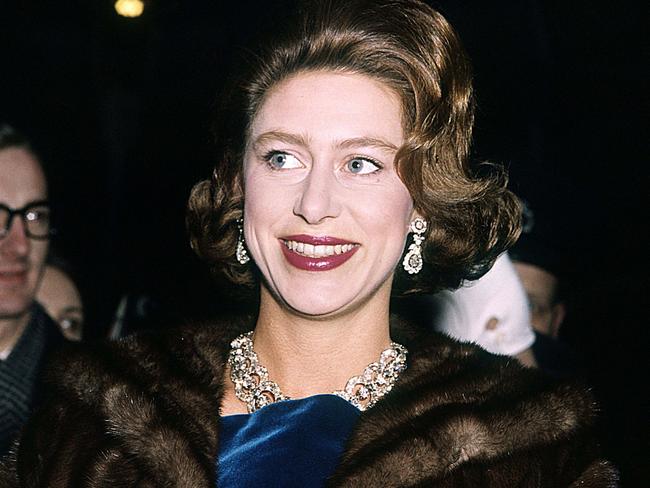
As contentious as the relationship was between Margaret and her mother, Brown said The Crown overstates the rivalry between the royal sisters. In fact, Brown told The Post, Margaret longed for the Queen’s approval.
He said Margaret had a recurrent dream that she’d made the Queen angry and “could not rest until she heard her sister’s voice in waking life”. When Margaret woke midmorning, every day, she’d telephone Buckingham Palace, simply to hear Elizabeth say, “Hello.”
“They would then hang up,” Brown said, “and the day could proceed without the black cloud of [Margaret] being ‘in disgrace’.”
Brown was intrigued by the doomed romance between Margaret and her father’s equerry, Group Captain Peter Townsend. Sixteen years her senior, Townsend was a married father-of-two when they met.
While researching Ninety-Nine Glimpses, Brown discovered that, during a 1946 royal tour, Townsend switched rooms so his bedroom would be next to Margaret’s, who was then 15. (Her official biography dates their romance to 1947, when she was 16.)
The princess broke off their engagement in 1955, since marrying a divorced man would have forced her to forfeit all royal privileges.
Townsend went on to wed Marie-Luce Jamagne, the daughter of a family friend. He was 44 at the time, Jamagne 19.
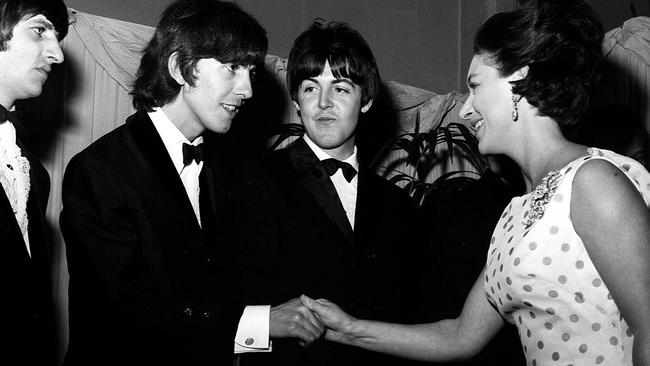
And Margaret? In May 1960, she married photographer Antony Armstrong-Jones, who later acquired the title of Lord Snowdon. By all accounts, it was a miserable union. Not only was he unfaithful, but he delighted in belittling his difficult wife, Brown said, and made her doubt her sanity.
Once, when she asked him what she should wear to a birthday barbecue, he replied, “Oh, I think the ball gown you wore last week.”
She did, only to find the other guests in jeans and sandals. He often reduced her to tears before a grand engagement so she’d look puffy-faced and red-eyed upon arrival.
As the marriage limped on, producing two children and infidelities on both sides, Snowdon took to leaving notes around her bedroom, saying “I hate you” to show contempt for the royal he described as looking like “a Jewish manicurist”.
Margaret spent much of the ’70s on the Caribbean island of Mustique, partying with the likes of Mick Jagger. She reminded even her closest friends that she was royal, Brown said, and had members of her staff swim into the sea fully clothed to bring her a drink.
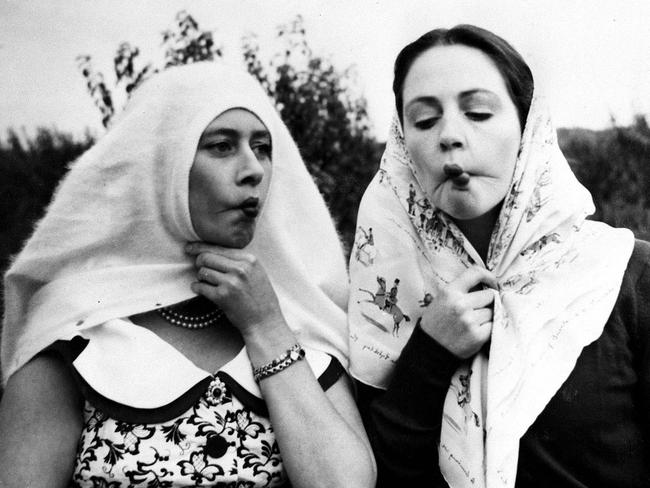
It was on Mustique that Margaret, then 43, began her eight-year affair with Roddy Llewellyn, the landscape gardener 18 years her junior who she met among the tropical plants in 1973.
“She was taken with him immediately and devoured him through luncheon,” said their host, Colin Tennant.
The romance stayed off the radar for three years, until a photo of them at a beach bar went public. At a royal event soon after, a woman in the crowd shouted, “Whore!” Llewellyn had a brief stint as a pop singer before the relationship fizzled out in 1981, three years after the end of Margaret’s marriage to Snowdon.
With her vanity, demands and put-downs, Princess Margaret was widely considered the houseguest from hell. Brown called her unfiltered rudeness a form of “royal Tourette’s”. Upon meeting singer Mary Wilson of the Supremes, Margaret made fun of the singer’s wig and was overheard calling singer Boy George an “over-made-up tart” to her aide.
In 1982, she decided to punish Elizabeth Taylor for failing to curtsy during Margaret’s visit to Hollywood six months before. All through dinner at Kensington Palace, she ignored the actor, then accused her of “flinging herself down” on a chaise lounge. As was her custom, Margaret sang show tunes at the piano until 2am. No one was allowed to go to bed before she did, and when Taylor, 50, struggled to stay awake, Margaret sneered, “Is anyone going to take her home — or we’ll have to find a sleeping bag.”
The Princess’s biggest enemy, Brown believes, may well have been another princess: Diana, the wife of Margaret’s nephew, Prince Charles. After the publication of Andrew Morton’s Diana: Her True Story, Margaret sent her Kensington Palace neighbour a furious note of rebuke.
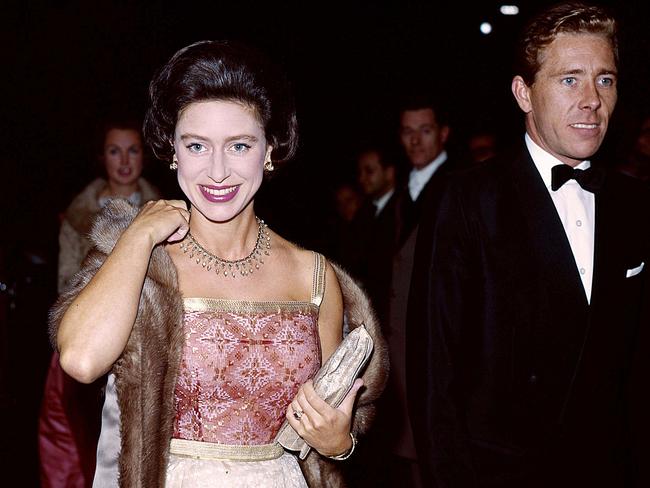
“Poor Lilibet and Charles have done everything they can to get rid of the wretched girl,” she complained to a friend, “but she just won’t go.”
In 1995, after 23 million viewers heard Diana tell BBC interviewer Martin Bashir that the royal family conspired against her, Margaret went nuclear.
“Her wrath was fierce and unstoppable,” Brown writes. “She went around her apartment turning over every magazine with the Princess of Wales on the cover.” The two women never spoke again.
Diana’s death two years later, at the age of 36, did little to diminish Margaret’s animosity. On the day of the funeral, the other members of the royal family bowed their heads as her coffin passed.
“Margaret offered only the most cursory of nods, almost as though she were warding off a fly,” Brown writes. She later led the opposition to erecting a statue outside Kensington Palace of the late Princess of Wales. “I’m not having that woman outside my bedroom window,” she sniffed.
Decades of drinking and smoking began to take their toll. In February 1999, Margaret scalded her feet horribly while showering at her home in Mustique, the damage made worse because she suffered from a blood-circulation disorder, Raynaud’s disease. True to form, she refused to curtail her vacation and ignored her doctors’ advice to get skin grafts. From then on, her walking was restricted to a few steps at a time.
She used a wheelchair — even “stealing” the occasional one reserved at royal events for the centenarian Queen Mother — and suffered a series of strokes. She lost the sight in one eye and most of her left side was paralysed. By mid-2001, she was refusing visitors, especially men.
“I look so awful now,” she told a friend.
She died in a hospital on February 9, 2002.

At her funeral held in St George’s Chapel at Windsor Castle, the 102-year-old Queen Mother was said to have displayed a “tiny hint” of triumph that she’d outlived her younger daughter.
No crowds lined the route to Margaret’s interment. But the last thing Princess Margaret would have wanted, Brown said, was melancholy.
“She hated to be pitied,” the writer told The Post, “especially because of what happened with Peter Townsend.”
In June 2006, nearly 900 of Margaret’s personal effects were auctioned off, raising $12.5 million for her children. Items included 15 ashtrays, an $8500 Yugoslavian filigree cigarette case and holder, and a $62,000 baroque bed once belonging to her maternal grandparents, the Earl and Countess of Strathmore.
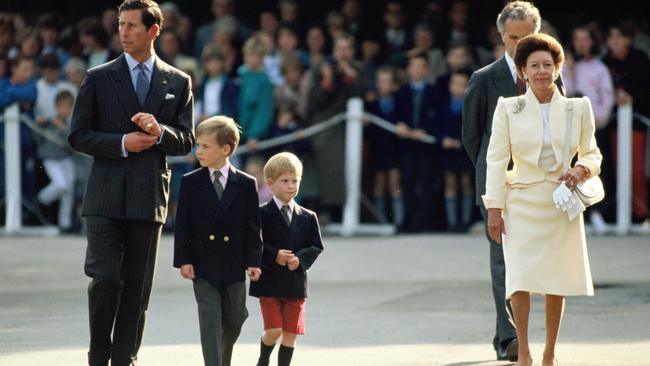
“The extraordinary results of this important and unparalleled sale are a wonderful tribute to a beautiful and stylish Princess,” the chairman of Christie’s Europe declared. Brown suspects Margaret would have preferred the brief eulogy given by Roy Strong, the art historian who was her good friend. Alluding to Margaret’s late, despised rival — Diana, the so-called “People’s Princess” — Strong said, “The common touch, she had not.”
This story originally appeared on the New York Post and is republished here with permission.



